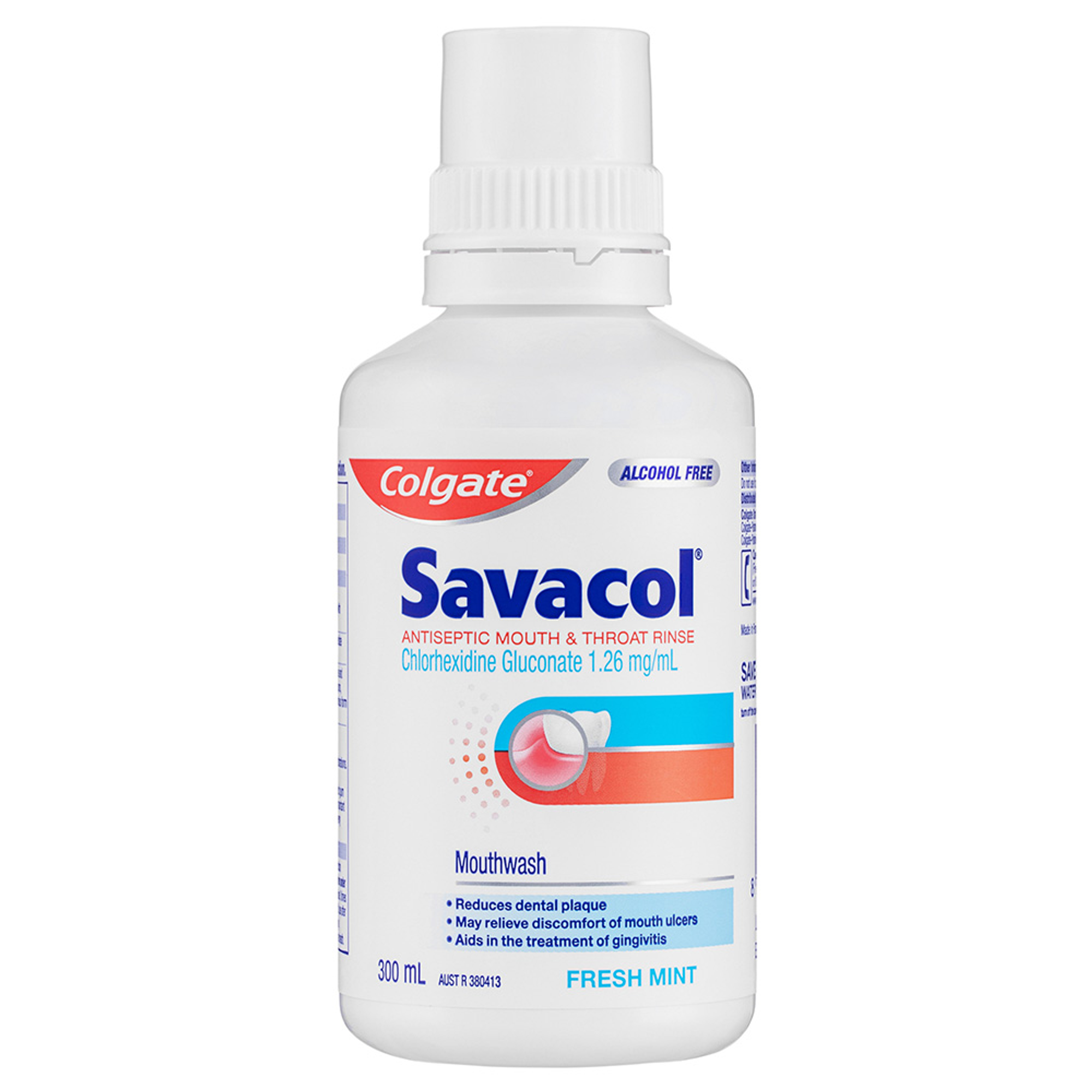The Link of HPV to Oropharyngeal Cancer
Oral cancer affecting the back area of the mouth, salivary glands, tonsils, throat, pharynx, larynx and sinuses is called oropharyngeal cancer. According to the Cancer Council of Australia, 60 percent of oropharyngeal cancers in the back of the throat including the base of the tongue and tonsils involve oral HPV. The Western Australia Department of Health states that the particular strains of the virus most closely linked with cervical cancer are HPV 16 and HPV 18. Seventy percent of cervical cancer cases are caused by these two types of HPV.
Trends in HPV and Oropharyngeal Cancer in Australia
The Journal of Head and Neck (JHN) reports findings that over the last two decades, HPV-positivity rates have risen from 20.2 percent (1987-1995) to 63.5 percent (2006-2010)., respectively. The median age of people affected by HPV increased from 55.4 years to 59.8 years, with a positive trend in people who were non-smokers compared to smokers (19.2 percent to 34.0 percent), respectively. The JHN states that the rising prevalence of HPV-positive oropharyngeal squamous cell carcinoma in people isare at an older age and that one third of them have never smoked.
Signs of Oropharyngeal Cancer
Routine visual and tactile oral cancer screenings are the most effective means in catching oral cancer in its early stages. The Australian Dental Association has highlighted the following signs that may occur and if they don't go away within two to three weeks, see your doctor or dentist right away:
- A sore, irritation or lump in the mouth, lip or throat
- A chronic ulcer in the mouth that does not heal
- A white or red patch in the mouth
- Feeling that something is caught in your throat
- Difficulty chewing or swallowing
- A sore throat or a swollen but painless tonsil (tonsils should look symmetrical)
- Difficulty moving the jaw or tongue
- Difficulty speaking or a change in voice
- Numbness anywhere in the tongue or other areas of the mouthA lasting sore throat or a swollen but painless tonsil (tonsils should look symmetrical)
Treatment Options
When diagnosed with oral or oropharyngeal cancer, there are numerous treatment options your doctor will discuss with you. Most likely, you'll work with a team of health care professionals like an ear, nose and throat doctor, an oral maxillofacial surgeon, a radiation oncologist, or medical oncologist. Nutrition specialists, nurses, social workers and speech therapists may also help with your care.
Surgery, chemotherapy, radiation therapy and targeted therapy are all possible treatment options. There may be challenges after cancer therapy that you should be aware of when treating oropharyngeal cancer.
HPV Vaccine
Today, vaccines are available that guard against certain types of HPV to help prevent cervical and other cancers around the genital area, as well as oropharyngeal cancers and genital warts. The Gardasil vaccine is effective against the two-high risk viruses, HPV 16 and HPV 18. The Cancer Council of Australia reports that these two HPV cause 70 percent of cervical cancers in women and 90% of all HPV-related cancers in men. Boys and girls ages 12-13 are advised to have this HPV vaccine which is most effective before sexual activity starts or before HPV exposure.
Australia instituted the National Cervical Screening Program in 1991. This program informed women of 18 to 69 years, to take a Pap Test every two years to check for abnormal cells so progress into cervical cancer can be averted. In 2007, Australia was one of the first countries to introduce the HPV Vaccination which began with girls and then in 2013 was introduced to boys as reported by Science Alert. The Guardian stating that the HPV rate for women between the ages of 18-24 hasve dropped from 22.7 percent to 1.1 percent between 2005 and 2015. The vaccine has helped to reduce the incidence of HPV in Australia.
In late 2017, the Cancer Council of Australia reports that the HPV test will replace the Pap test because it can detect high-risk HPV infections in cervical cells. Women age 25-74 can take the HPV test every five years. This new program is anticipated to reduce the incidence of cervical cancer and mortality by up to 20 percent and women will continue to have regularly scheduled Pap tests through the National Screening Program.
Even though many sexually active adults will contract some type of HPV or oral HPV without any health problems, it's still important to have your children vaccinated, visit the dentist regularly for routine cancer screenings, avoid smoking and excessive alcohol consumption, and recognize the signs of oropharyngeal cancer. Call a doctor or dentist if any symptoms persist.
This article is intended to promote understanding of and knowledge about general oral health topics. It is not intended to be a substitute for professional advice, diagnosis or treatment. Always seek the advice of your dentist or other qualified healthcare provider with any questions you may have regarding a medical condition or treatment.














